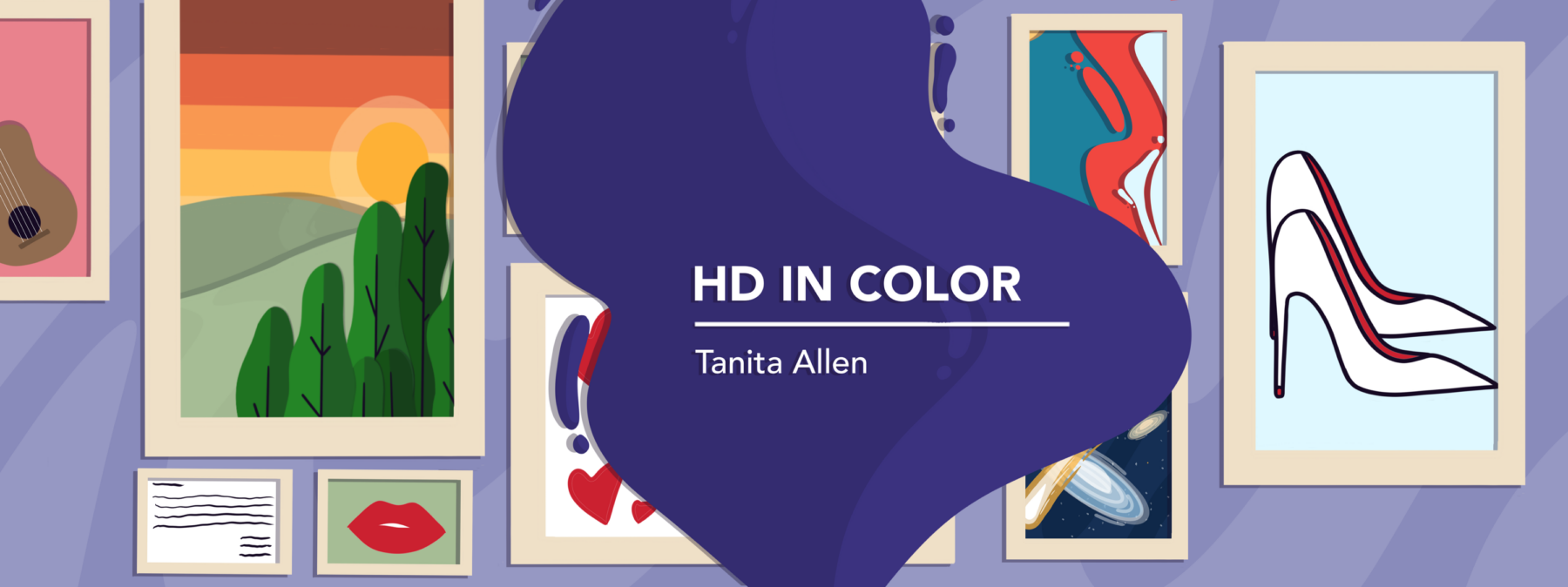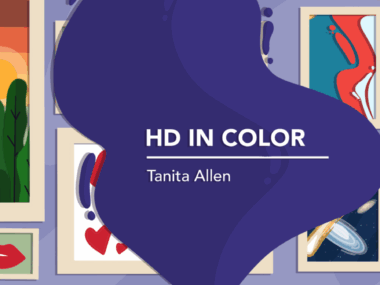Sharing my HD story with medical students felt different this year
It was my second time speaking at Case Western Reserve University
Written by |

Walking into the same lecture hall at Case Western Reserve University where I spoke last October felt like déjà vu in the best way. The rows of white-coated medical students, about 200 this time, buzzed with that unmistakable energy of first-year enthusiasm. Their notebooks were open, laptops glowing, faces eager and a little nervous.
As soon as I spotted the instructors from last year, my nerves eased. They smiled warmly and waved, remembering my talk from 2024. When I took my place at the front, with a microphone on, I felt the same surge of gratitude I’d felt before: the honor of being invited to speak as a woman living with Huntington’s disease (HD) and an advocate for others walking this road.
Last year, my talk focused on the shock of my diagnosis, the disbelief I faced, and the racial bias that delayed my care. I shared how I was told repeatedly, “Black people don’t get Huntington’s disease.”
This year felt different. I wasn’t just telling my story; I was living the next chapter of it. I stood a little taller. I spoke with more calmness, more confidence. My advocacy has grown roots. I’ve learned that my purpose is not only to recount pain, but also to model resilience and show what thriving with HD can look like.
This year, I wasn’t alone on the panel. A woman shared the stage with me, a stranger at first, but by the end of the session, a kindred spirit. She spoke bravely about her family’s experience with HD, her voice steady but filled with emotion. It was the first time our paths had crossed, and I found myself deeply moved. After she spoke, I thought, “This is what community looks like.”
When my turn came, I began with gratitude and dove into my story. I became so engrossed, lost in the rhythm of memory and meaning, that I didn’t realize I had spoken past my allotted time until the moderator gently interrupted with a smile.
The Q&A was electric. The students’ questions showed such depth and curiosity that I was reminded why I continue to share.
One asked, “What was the rationale behind why doctors said Black people don’t get HD?”
Another wanted to know, “How did you handle the diagnosis emotionally?”
A few asked questions about my mental healthcare, such as, “How has cognitive behavioral therapy helped with your symptoms?”
Others wondered about my mother’s care in nursing homes and how staff responded to her HD diagnosis.
These weren’t surface-level questions. They reflected awareness, empathy, and a genuine desire to understand both the science and the humanity of Huntington’s. The woman beside me and I answered together, our voices weaving two perspectives into one shared truth: HD is a human condition, not a racial one.
A sense of belonging
After the talk, students lined up to speak with us. Their gratitude was palpable. Some said my story changed the way they think about patient advocacy. Others thanked me for being honest about fear, faith, and acceptance. The other woman on the panel turned to me and said, “Your story is inspiring. Usually HD stories are all doom and gloom.”
Her words touched me deeply. I told her I used to live in that dark space, too, until I found the right medical team, medications, and therapies that helped me reclaim my life. She shared that she was gene-positive but asymptomatic. I looked her in the eyes and said the same thing I wish someone had told me years ago: “Your HD journey is uniquely yours. You are not your relatives’ stories. You are not the worst-case scenario.”
In 2024, I spoke from a place of vindication — finally being believed and seen. I wanted to correct a wrong. This year, I spoke from a place of belonging. I’ve grown into my role as an advocate, learning that effective advocacy isn’t just about exposing injustice; it’s about fostering understanding, compassion, and hope.
Last year, I left the lecture hall emotionally drained but proud. This year, I left uplifted and connected. The difference? I wasn’t just educating future doctors — I was conversing with future healers. They weren’t just hearing about HD; they were seeing it through my lived experience.
I hope that when those students graduate and meet their first HD patient — or any patient living with a rare disease — they will remember that morning. I hope they will remember the woman in the bright scarf who spoke too long because she cared too much, and who reminded them that behind every diagnosis is a whole human being.
That is the heart of advocacy. And every October, in that lecture hall at Case Western, it feels a little brighter.
Note: Huntington’s Disease News is strictly a news and information website about the disease. It does not provide medical advice, diagnosis, or treatment. This content is not intended to be a substitute for professional medical advice, diagnosis, or treatment. Always seek the advice of your physician or other qualified health provider with any questions you may have regarding a medical condition. Never disregard professional medical advice or delay in seeking it because of something you have read on this website. The opinions expressed in this column are not those of Huntington’s Disease News or its parent company, Bionews, and are intended to spark discussion about issues pertaining to Huntington’s disease.





Leave a comment
Fill in the required fields to post. Your email address will not be published.